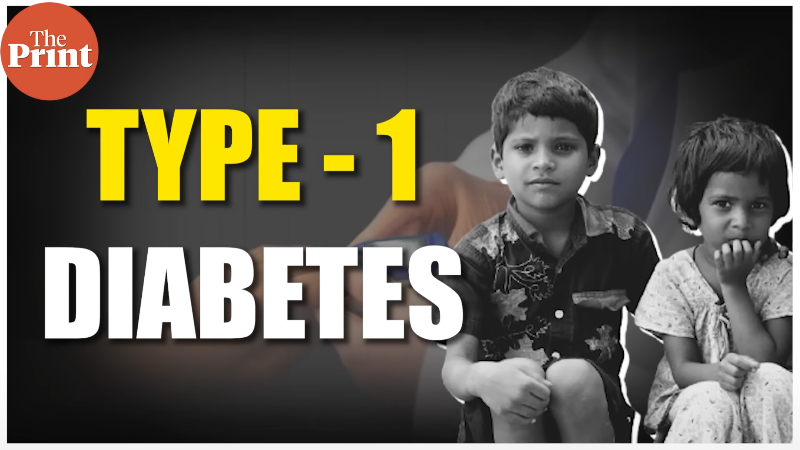by Juntendo University Research Promotion Center
Human-induced pluripotent stem cell-derived cardiomyocyte sheets can be a life-saving intervention for patients with advanced cardiovascular disease. Administration of immunosuppressive agents to counter CD8 T cell-triggered tissue rejection can improve treatment outcomes. Credit: Ryu Matsumoto from Juntendo University Graduate School of Medicine +
Human induced pluripotent stem (hiPS) cells refer to stem cells derived from adult somatic cells like blood or skin cells. hiPS-derived cardiomyocytes (hiPC-CMs) have shown promise in treating ischemic heart disease. However, their clinical application is limited by an incomplete understanding of their immunogenicity. Now, researchers from Juntendo University developed a humanized mice model and elucidated the role of CD8 T cells in regulating the immune response against hiPS-CMs.+
Ischemic heart disease stands as a significant global cause of morbidity and mortality. One promising avenue for treatment involves human induced pluripotent stem cell-derived cardiomyocytes (hiPS-CMs). Derived from adult somatic cells such as blood or skin cells, hiPS cells possess the capacity to differentiate into various tissues, including cardiomyocytes. These cells can potentially repair damaged heart tissue, but their clinical application is limited due to concerns about immune rejection. Understanding the immunogenicity of hiPS-CMs is crucial for advancing their therapeutic use.
To address this gap, a team of researchers led by Ph.D. student Ryu Matsumoto, affiliated with the Center for Immune Therapeutics and Diagnosis at Juntendo University Graduate School of Medicine, Tokyo, Japan, and also a clinical surgeon in the Department of Digestive Surgery, Breast and Thyroid Surgery, Graduate School of Medical and Dental Sciences, Kagoshima University, Kagoshima, Japan, pioneered a novel humanized mouse model designed to explore immune responses to hiPS-CMs.
The study was co-led by Assistant Professor Yin Enzhi and involved Associate Professor Koichiro Uchida, both from the Center for Immune Therapeutics and Diagnosis at Juntendo University Graduate School of Medicine, Tokyo, Japan. Their findings were published online on April 22, 2024 in The Journal of Heart and Lung Transplantation.
Explaining the motivation behind the present research, Matsumoto says, "Being a surgeon, I am highly aware of the critical shortage of donor hearts for patients with advanced cardiovascular disease. Although transplantation of hiPS-CM sheets could be a novel therapeutic option, the issue of immune rejection against these sheets poses a significant barrier to their clinical safety and efficacy. Therefore, a humanized mouse model could be a valuable tool to predict and understand this immunological rejection, paving the way for safer and more effective transplantation procedures involving hiPS-CM sheets."
The team began by engineering the hPBMC-NOG-ΔMHC mice through rigorous genetic modifications and precise experimental procedures.
The NOG-ΔMHC mice are created by combining the immunodeficient characteristics of NOG mice with a crucial alteration: the elimination of major histocompatibility complex (MHC) class I and class II expression. This genetic modification plays a pivotal role in reducing the potential for immune rejection of transplanted human cells, thereby enabling more effective research into cell-based therapies.
Now, the researchers "humanized" these immunodeficient mice by introducing human peripheral blood mononuclear cells (hPBMCs) into them. This innovative approach enhances the model's relevance for studying human immune reactions and evaluating therapeutic strategies involving human cell transplants.
In vitro experiments revealed that hiPS-CMs express only human leukocyte antigen (HLA) class I molecules and induce a limited immune response. However, the hiPS-CM sheets were rejected around 17 to 24 days after transplantation in hPBMC-NOG-ΔMHC mice model. This rejection was primarily orchestrated by CD8 T cells, a type of immune cells responsible for directly attacking foreign or infected cells. These CD8 T cells infiltrated the graft site and were found to produce increased levels of IFN-γ (interferon-gamma), a molecule produced by the immune system that helps activate immune responses.++
Importantly, this immune-mediated rejection was not evident in the absence of hPBMC transfer into the mice, underscoring the critical role of these immune cells in mounting an anti-graft response. The study further demonstrated that depletion of CD8 T cells or treatment with tacrolimus, an immunosuppressive drug, significantly prolonged the survival of the hiPS-CM sheets within the hPBMC-NOG-ΔMHC mice, emphasizing the pivotal role of CD8 T cells in the rejection process.++
Delving into the real-world applications of their research findings, Matsumoto says, "Our research paves the way for developing optimal immunosuppression strategies, potentially making hiPS-CM sheets transplant a reality for many patients with severe heart failure in the near future."
This research study reveals the role of CD8 T cells and their associated mechanisms that lead to the rejection of human iPS-derived cell products. With a patient-centric approach and due consideration of immunosuppressive strategies, hiPS-CM sheets transplant may prove to be a life-saving intervention for patients with end-stage heart failure.+
More information: Ryu Matsumoto et al, CD8+ T cell-mediated rejection of allogenic human-induced pluripotent stem cell-derived cardiomyocyte sheets in human PBMC-transferred NOG MHC double knockout mice, The Journal of Heart and Lung Transplantation (2024). DOI: 10.1016/j.healun.2024.04.003
Provided by Juntendo University Research Promotion Center







Post comments